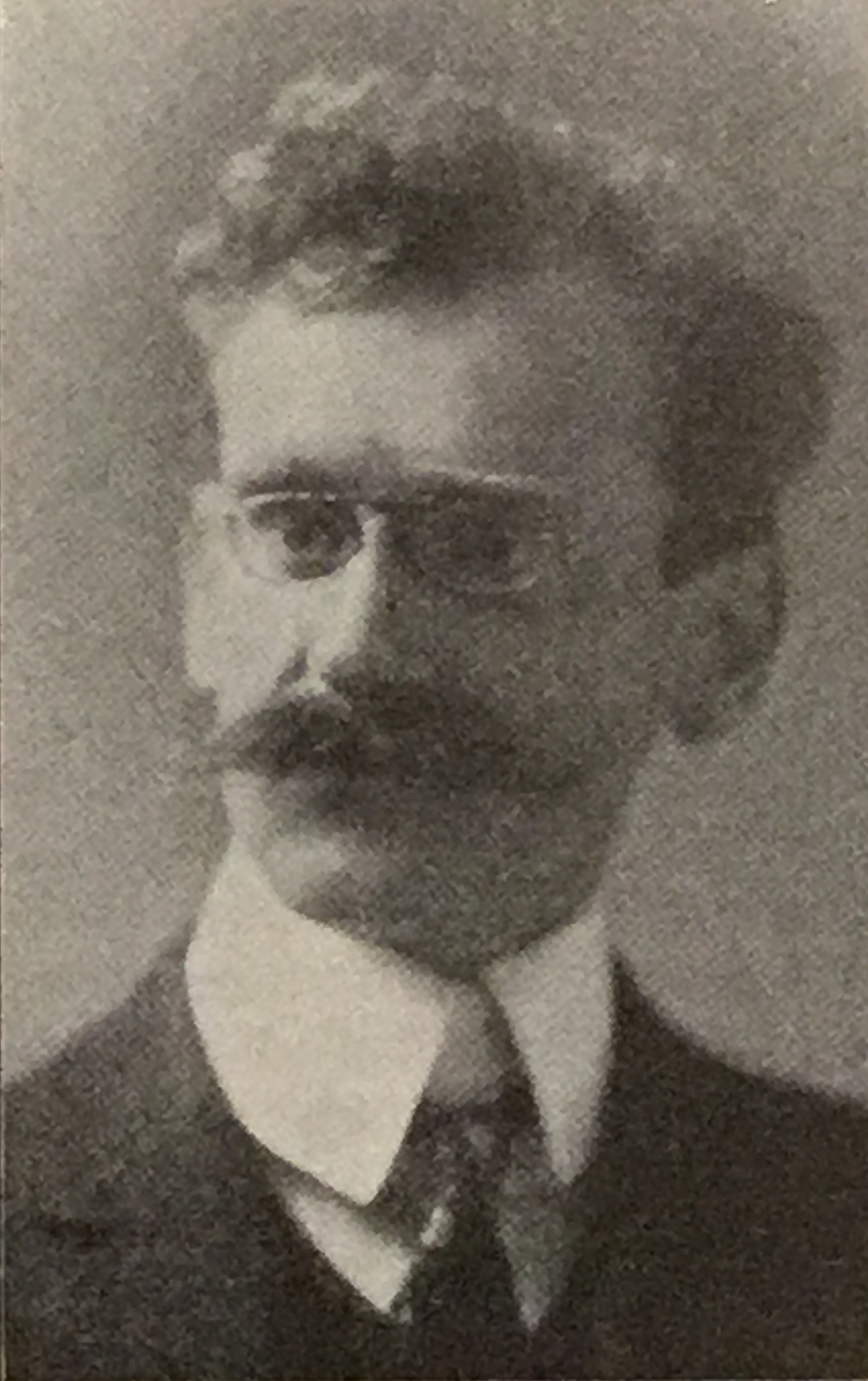
![]()
Adolphe Veuve
(1872-1947)
Testimonies to the pianist, teacher and composer Adolphe Veuve from Neuchâtel, Switzerland are rare. But the newspaper-archives of Neuchâtel, Lausanne and Geneva give some hints to his life. The most important remaining source is an obituary in the newspaper L‘Express from 7th August 1947.
Adolphe Veuve was born in 1872 in Cernier, Canton of Neuchâtel, and learned to play both the piano and the violin. At the young age of 16 he was admitted tot he „Königlich Akademische Hochschule für ausübende Tonkunst“ (Royal Academic School of Music) in Berlin, then directed by Joseph Joachim. In 1894 he moved to Vienna where he studied piano under Theodor Leschitizky and composition under Karl Navratil and Robert Fuchs.
After his return to Switzerland Veuve continued his studies of composition under Joseph Lauber in Geneva. Meanwhile he quickly established himself as an esteemed concert pianist. Key facts which are still known about his career are his debut with Beethoven’s 3rd Piano Concerto (1899 with the Berner Stadtorchester - today known as the Berner Symphonieorchester), as well as a performance of Albert Roussel’s Piano Concerto with the Orchestre de la Suisse Romande under Ernest Ansermet (1939). We found also hints about succesful concerts in London, Paris, Vienna and Berlin.
His recordings for radio which were made from 1926 onwards no longer exist. Evidently he produced even own compositions for radio. Initialized by Gustave Doret and further friends Veuve was honoured with a radio broadcast to mark his 70th birthday.
Beside his concert schedule Veuve was also active as a music teacher and was among the circle of founders of the Conservatory of Neuchâtel.
From his compositions only the Sonate pour piano en rémineur op.2, Trois Morceaux pour piano op. 3 (à I. J. Paderewski) and Deux Mélodies pour chant et piano op. 4 are known today. They were published by companies in Geneva, Lausanne and Zurich and are available at the larger swiss music libraries.
The obituary to Adolphe Veuve refers to further works including violin sonatas, a string quartet, a piano concerto, orchestral suites, songs and works for mixed choir. Of these only the 1re Sonate pour piano et violon en ut majeur op. 5 (1915/16) has been rediscovered up to the present time. It was found in the estate of Maurice Dessoulavy, a luthier and violinist who studied at the Conservatory of Brussels.
1926 Veuve married Louise Jeanneret from Lausanne. They had no children.
1947 Veuve died in Lausanne, Canton of Vaud. The whereabouts of his manuscripts is unknown to this day.
Adolphe Veuve’s early works developed a lat Romantic tone language with an individual character.
His later work is said to have taken on an increasingly modern idiom.
List of works:
•Gavotte pour piano, 1900
•Sonate en ré mineur pour piano opus 2
•Trois Morceaux pour piano opus 3
•Deux Mélodies pour soprano et piano opus 4
•1re Sonate pour piano et violon en ut majeur opus 5 (1915/16)
•Quatuor à cordes en mi mineur (Premiere: Berner Streichquartett, Neuchâtel 1931)
-further songs
-further sonatas
-piano concerto
-orchestral suites
-works for mixed choir
__________________________________________________________________

